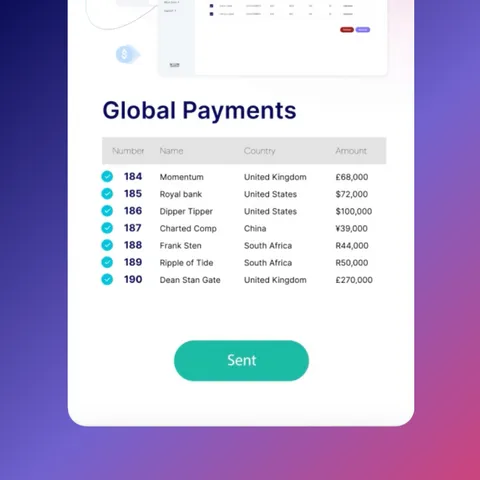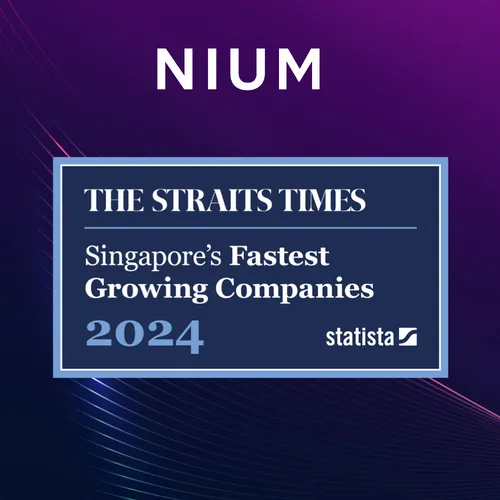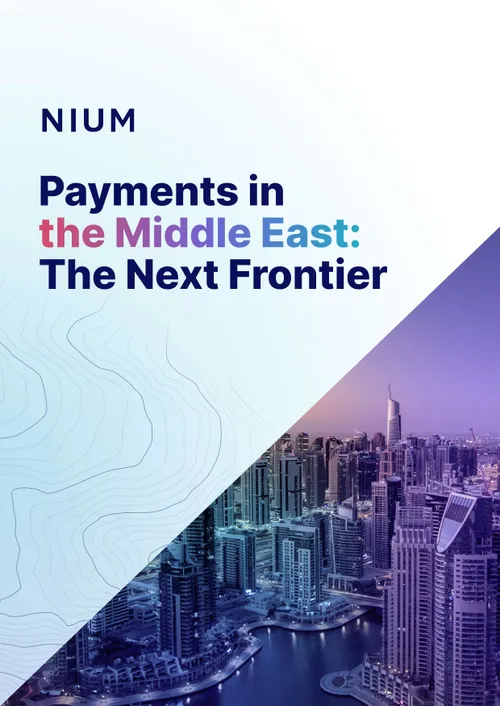Enabling Same Day Payroll via Instant Payments in the US
Instant payments (sometimes referred to as “real-time” or “faster” payments) enable money to move from bank account to bank account instantly, 24 hours per day, every day of the year. Instant payments schemes are live in over 95 countries around the world[i]. There are no delays over weekends or holds on available funds. They allow funds in a bank account to move with the finality of cash.
Consumers have become accustomed to waiting for bank money – waiting for a check to clear, waiting for availability of an ACH payment – driving customers to other forms of money movement outside the bank. Instant payments bring the “there’s an app for that” experience to money movement between bank accounts.
Domestic schemes in some countries (notably Brazil, India and Singapore) have seen rapid adoption for a variety of payments use cases. In most countries, there is some directive for financial institutions to enable instant payments and make them available to customers.
In the US, we have two instant payments schemes, RTP® operated by The Clearing House and FedNow® operated by The Federal Reserve. There is no mandate for US financial institutions to join either network, and, if they do, there is no directive for them to offer products. While the networks now reach ~70% of demand deposit accounts (DDAs) through over 800 of the ~9500 banks in the US[ii], most participating financial institutions are only able to receive instant payments.
But don’t count the US out!
Market forces in the US will drive instant payments adoption. “Do you want your money now, or do you want your money later?” Everyone will answer this question the same way. There is growing demand for real-time payment options[iii].
And for workers counting on the ability to use their wages sooner, instant payments deliver this capability withing the banking system. The broad receive nature of instant payment participation in the US instant lends itself to disbursement use case – where businesses are sending money to individuals.
Same Day Payroll, a form of Early Wage Access, is an example of a disbursement use case. Many businesses operate on a payroll cycle which is weekly, biweekly, or monthly. Historically, this made sense due to the, typically, batch mainframe systems which supported payroll processing. While this regular cycle was convenient for companies, this delay in getting paid created the need for certain workers to use check cashers, rely on payday loans and engage in other behaviors which could lead to financial stress.
In the “instant” economy, delayed payroll processes are no longer necessary. And delayed processes are undesirable for workers, creating a competitive disadvantage for employers. Same Day Payroll provides workers with good funds access to their earned wages soon after they finish their workday. Same Day Payroll via instant payments delivers wages into a bank account instantly. Workers who can get their wages into a bank account on a timely basis are more likely to engage have a bank account, giving them access to the entire range of banking services. Having money delivered to a bank account helps workers maintain financial wellness by avoiding unnecessary fees and having funds available to better meet their payment obligations. Providing a real-time payments service meets one of the key challenges faced by employers in this landscape[iv].
The US instant payment schemes, like all scheme around the world, have come to market to support domestic-only payments. This is changing, as various countries are bridging their systems, such as Singapore PayNow and Thailand PromptPay[v]. While we wait for direct bank to bank direct payment schemes to operate cross border, other capabilities exist to deliver much of the value proposition. “Push to card” capabilities of the debit card network enable payments to be move worldwide. Employers with an international work force can still enable Same Day Payroll via the debit card rails.
The nature of work is changing. Ecommerce, meal delivery, car services, content streaming, have changed the way consumers expect to receive services – and have changed the way people work. Instant payments provide financial institutions with the ability – for the first time – to offer truly instant, always available money movement to/from bank accounts matching the instant gratification of these services. Instant payment activity is expected to double by 2027[vi]. Instant payments in support of early wage access provides real value to workers and is a use case that is available in the US. As companies look to pay workers in this new environment, providing real-time payout options is a key question to address[vii].
Employers, and anyone who provides services through compensated parties, must meet the expectations of their employees and partners. To win the competition for workers, companies must be prepared to modernize their payroll practices. Now is the tie to engage with provider partners and financial institutions to understand the options and plan for the future.
[i] The Real-Time Payments World Map, PYMNTS.com, Jan 2024, PYMNTS-Real-Time-Payments-World-Map-January-2024.pdf
[ii] Data from the Federal Reserve and The Clearing House; https://frbservices.org/financial-services/fednow/organizations and https://www.theclearinghouse.org/payment-systems/rtp/RTP-Participating-Financial-Institutions
[iii] Nium blog; https://www.nium.com/resources/solving-global-payroll-challenges-with-real-time-payments
[iv] Nium white paper; https://www.nium.com/premium/payroll-goes-global-optimizing-workforce-payments-for-international-businesses
[v] Case Study: Singapore, World Bank, PowerPoint Presentation (worldbank.org)
[vi] 2023 McKinsey Global Payments Report, The 2023 McKinsey Global Payments Report | McKinsey

Related Articles


.png@webp)
.png@webp)
.png@webp)


.png@webp)
.png)









